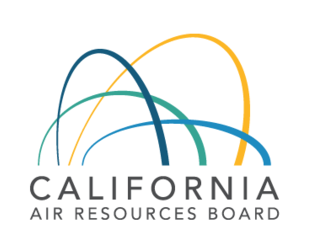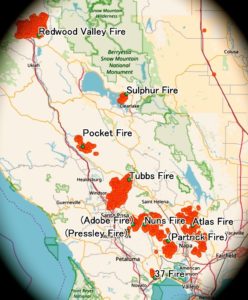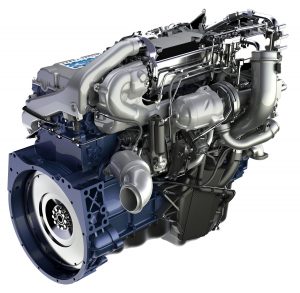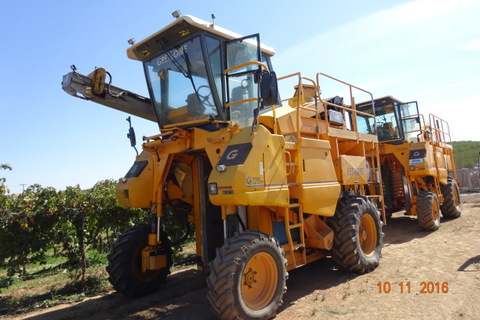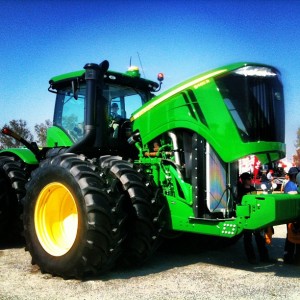
One of the last areas of regulation to be phased-in is mobile diesel-powered agricultural field equipment; waiting for the “ag rule” or “tractor rule” has provided fertile ground for rumor and speculation. It seems the more information that CARB provides, the less anyone is actually sure of.
As an ag equipment appraiser in the Central Valley, I’m especially interested in understanding the reality of the regulations and how they are actually impacting the values of related equipment. So I was, of course, delighted to meet Tim Hartigan at this year’s World Ag Expo (#WAE) in Tulare, CA.
Tim Hartigan is an Air Pollution Specialist with California Air Resources Board who is working on the “tractor rule” – aka the “In-Use Mobile Agriculture Equipment Rule.” I introduced myself as an equipment appraiser and explained my interest in the ongoing process regarding ag diesel regulations. Hartigan didn’t need to be asked twice to clarify what was really going on with the long-awaited and widely debated “tractor rule.” By the time he finished laying it all out for me, we had attracted a pretty large crowd of interested listeners. Since many of you probably weren’t there, here, in a nutshell, is what he explained to me and his other listeners.
First of all, there is no “tractor rule.” Agricultural equipment is currently completely unregulated for emissions. No rule has yet been drafted, although a vote to approve this yet-undrafted rule is expected in the fall (yes, we’ve been hearing this for several years now). And the rule, if approved, will only apply to the San Joaquin Valley, where the air is more tainted than anyplace in the country except the South Coast Air Basin, according to a recent article in the Fresno Bee. Agriculture in Sacramento Valley and other areas of California will not be included in initial CARB regulations on agricultural diesel equipment.
Ag Alert recently published a comprehensive and thorough article on the “tractor rule” that I’d like to direct you to, but unless you’re a subscriber, you won’t be able to read it on-line. So here’s the synopsis, with thanks to Ag Alert for much of this information:
Once drafted and approved, the agricultural equipment rule is intended to reduce nitrogen oxide in San Joaquin Valley air at a rate of 5 to 10 tons a day. This will fulfill a 2007 state implementation plan to reduce emissions from agricultural equipment in the valley as required by the federal Clean Air Act.
Whether or not the rule is actually needed at this point seems to be questionable. California Farm Bureau Federation environmental affairs director, Cynthia Cory, explains that “so many San Joaquin Valley farmers have already accomplished reductions by upgrading equipment, we don’t expect there will be a need for mandatory upgrades.”
Whether the rule is needed or not can only be determined, however, by drafting the phase one rule and following through. And while phase one awaits completion, phase two is already in on the calendar for 2014. This second phase of the agricultural equipment rule will be developed in coordination with a new 2015 implementation plan strategizing steps to meet the new federal requirements for ozone.
Back at the Tulare Ag Expo, Hartigan explained that the attainment date for this new 2015 state implementation plan (SIP) is 2032, which means that depending on the requirements of the proposed pollution reduction plan, ag diesel equipment owners outside the San Joaquin Valley, could have a possible 20-year window from today before the second phase of the ag equipment rule would mandate equipment upgrades.
Now back to the valuation issue. First of all most M&E appraisers stick to a sales comparison approach for this type of equipment for which the market is regional. Since phase 1 of the “tractor rule” only affects the San Joaquin Valley it’s likely that one may safely assume that the market will have taken into consideration all forms of obsolescence including economic obsolescence.
As we were working on this article, we heard from Hartigan that CARB hosted public workshops in March focusing on the first phase of the plan and intends to host another round of meetings in “the late-June period.” He invites interested parties to visit the CARB website to get copies of the presentation and a fact sheet to help explain where CARB is in the process. The next round of workshops are intended to discuss in more detail the proposed language of the near-term rule scheduled to got to the Board in October this year. Sign up for the Ag Rule list-serve to be notified when the next wave of meetings are scheduled.
What else can you do to keep informed? Stay tuned to news releases from the California Farm Bureau Federation and to California Air Resources Board. We’ll do our best to keep you updated here as well. You can also sign up to receive all “agriculture related” notices from ARB.
Folks throughout California should be keeping a close eye on the development of the ag equipment rule in San Joaquin Valley. As Cory pointed out in the original Ag Alert article, “This decision to implement the rule only in the San Joaquin Valley, does not mean the ag equipment rule will never be implemented in the other 50 counties.”
This could even be of interest nationwide. It’s worth mentioning that US-EPA has been meeting in Sacramento with CARB staff about these regulations and rumor and speculation, our old friends, have it that we may see some portions of CARB’s diesel regs implemented nationwide. You might recall that it was here in California where emission regulations for gasoline powered automobiles had their beginnings.
Jack Young, ASA, CPA
Ag Equipment Appraiser
NorCal Valuation Inc.
